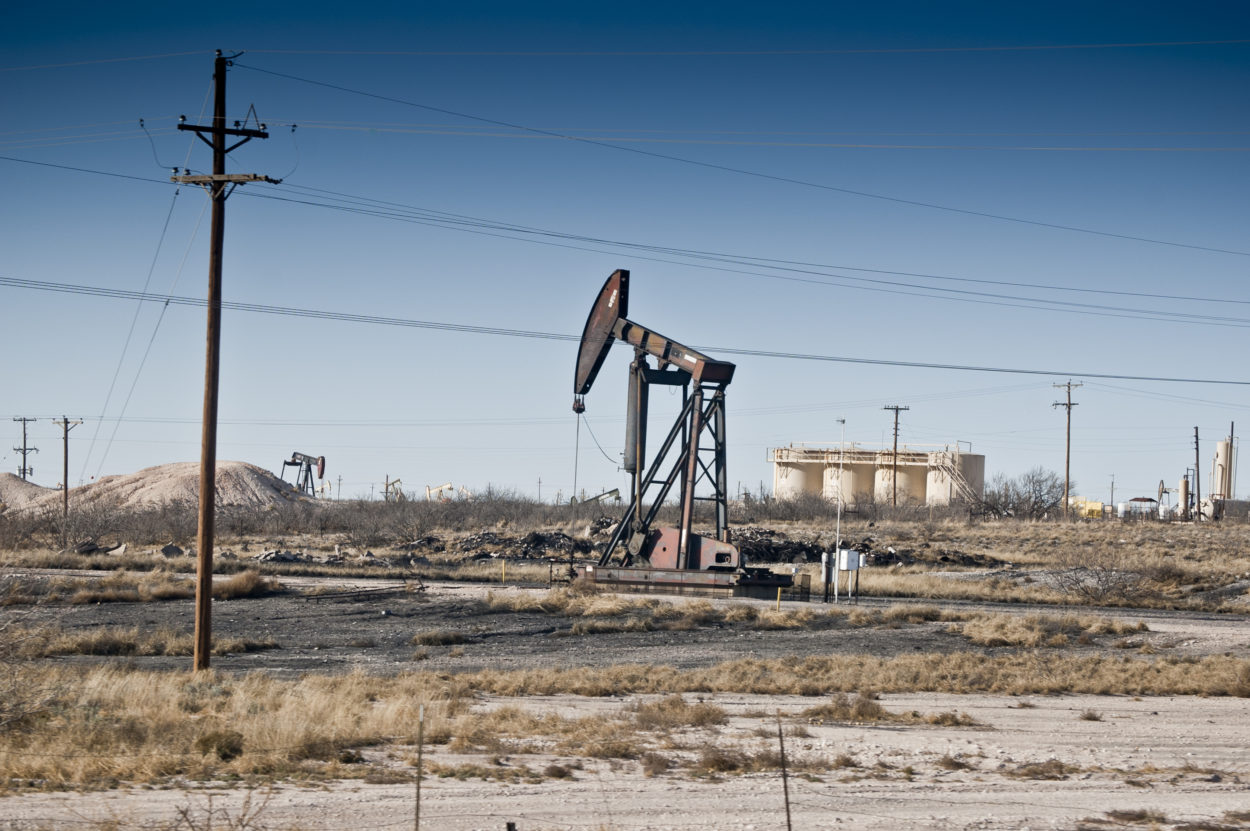
The Federal Government’s Bureau of Land Management (BLM) is expected to auction for oil and gas lease a total of 12 parcels of land – approximately 916 acres – in southeastern New Mexico and Oklahoma by the end of this year. Two of the parcels – comprising slightly over 124 acres – are located in Lea County.
Four parcels are located in Eddy County (309.5 acres), and one is in Roosevelt County (320 acres). The other five parcels are in Oklahoma’s Pittsburgh (two parcels) and Woods (three parcels) counties.
All 12 tracts are included in the New Mexico Branch of the BLM’s fourth quarter 2022 sale. The sale’s Draft Parcel List which outlines the tracts is available for download (PDF).
Public Input Requested
This sale will be the second such sale of 2023 in New Mexico. In an effort to avoid as much controversy as possible, the BLM has created a public input period seeking comments, whether positive or negative, on the proposed auction and lands. Direct, online input can be made at the New Mexico BLM website. Public comment will be accepted until March 20, 2023.
Specifics About the Proposed Leases
The leases are for a term of ten years and are subject to the recently updated terms of the Inflation Reduction Act. Minimum bids have been set at $10 per acre, a hefty 500% increase over the previous rate established in 1987. Royalty has also been substantially increased from 12.5% to 16.67%. Rental rates on non-producing lands have additionally gone up; these rates are calculated on a sliding scale based on duration and are capped at a maximum of $15 per acre in years nine and 10.
Once obtained, the lease purchaser has the exclusive right to use as much of the leased lands as is necessary to explore and drill for oil and gas within the lease boundaries, subject to the stipulations attached to the lease (43 CFR 3101.1-2), according to the standard terms of the BLM Oil and Gas Lease.
History of BLM Lease Auctions
BLM lease auctions for oil and gas exploration date back to the 1920s. The Mineral Leasing Act of 1920 authorized the BLM to lease federal lands for mineral extraction, including oil and gas. Since then, the BLM has been responsible for managing federal lands and resources, including oil and gas and issuing leases for oil and gas exploration and production.
Through the years much controversy has surrounded BLM auctions for oil and gas exploration. Much of the controversy stems from the fact that in the early days oil and gas leases on federal lands were often granted without competitive bidding. This practice resulted in corruption which led to the enactment in 1927 of amendments (PDF) to the Mineral Leasing Act of 1920 and additional amendments through 2022 (PDF). Key to all of these amendments is mandated competitive bidding for federal oil and gas leases.
Continuing Controversy About the Environment
Although the BLM over time has required stricter environmental reviews and more public input during the process of leasing federal lands for oil and gas exploration, criticism persists about the amount of land the feds authorize for oil and gas exploration. Criticism, too, is strong about the government’s failure to mitigate the environmental impacts of oil and gas exploration.
The problem is magnified in New Mexico where a balancing act between the environmental impact and the economic impact of the state’s oil and gas industry is always a concern. This balancing act continuously yields compromises without winners. An example is the recent sale in the Greater Chaco region in the northwest portion of the state where environmental and cultural preservation groups have challenged the BLM’s decision to auction off leases.
Such challenges are ongoing, and the issue of oil and gas leasing on federal land in New Mexico remains a political football. Some stakeholders want a moratorium on leasing altogether, while climate change concerns are addressed. Others favor more and more exploration, often fueled by concerns for the ever-increasing need of filling state coffers. The specific desires of the powerful oil and gas industry also play into the equation.
Lea County struggles with the conflict. The strength of the oil and gas industry weighs heavily on the county’s economic health. Balancing this economic health against the industry’s environmental impact to residents and visitors, as well as to the environment itself, is the challenge.


